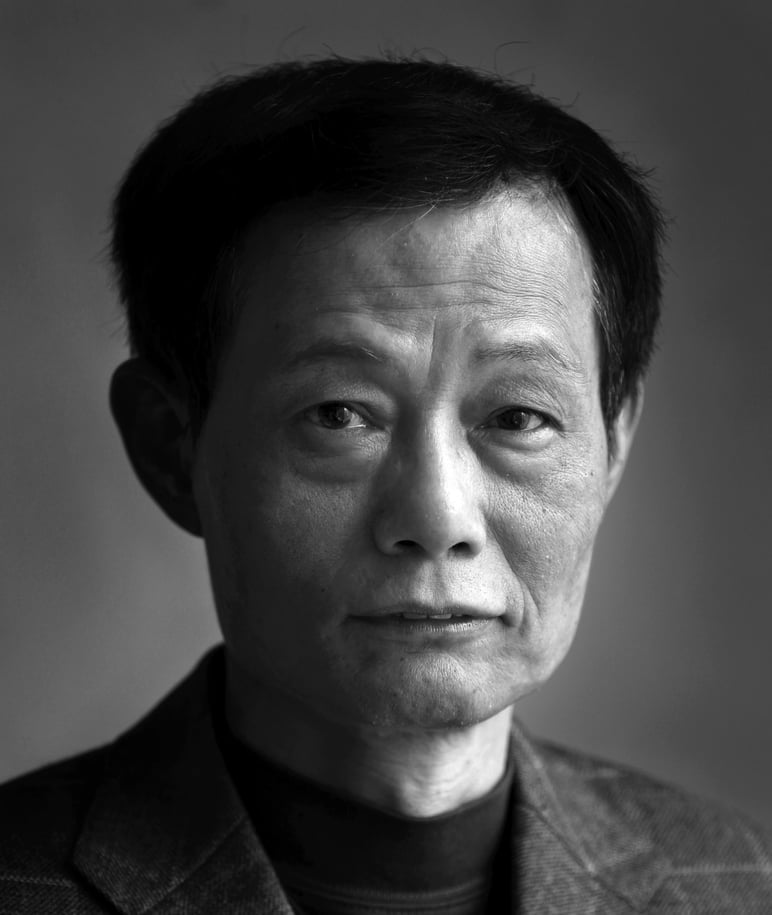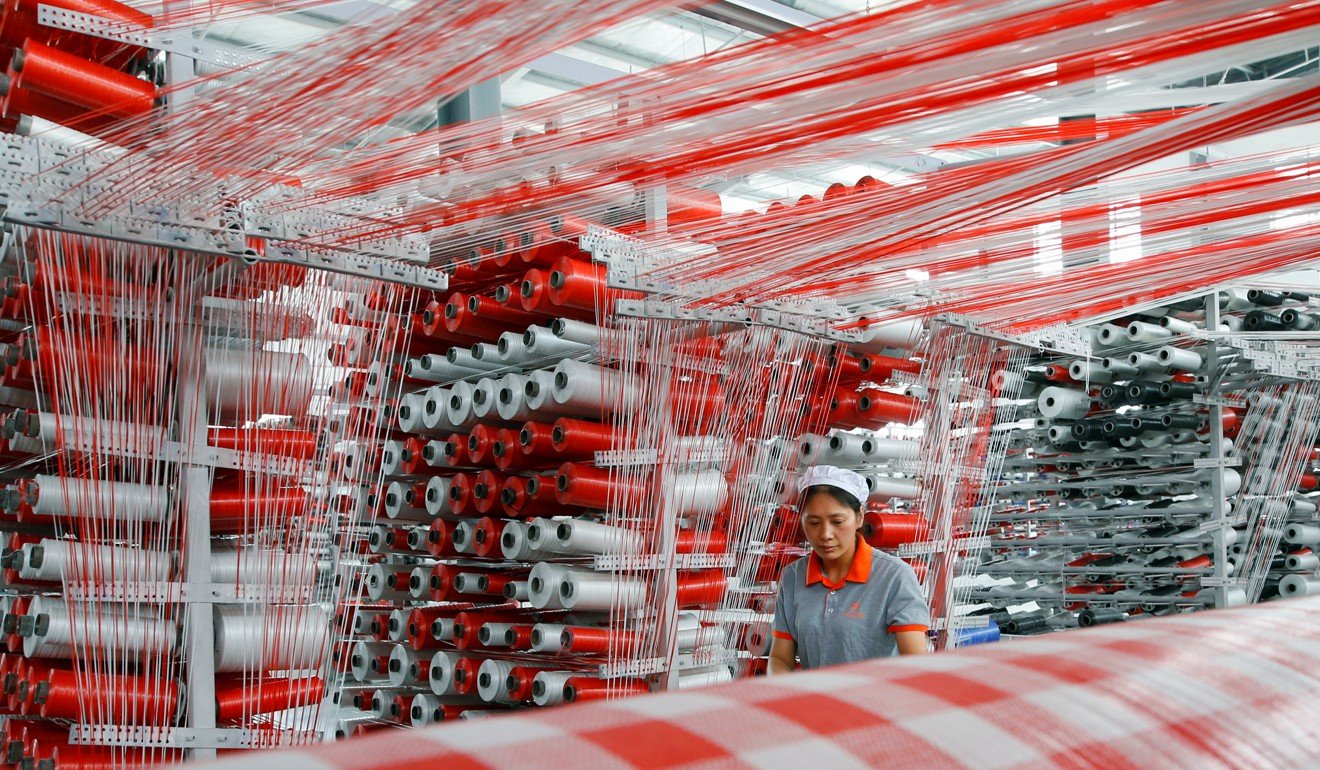
China must redirect its state-led capitalism to reverse its downward economic trend
- Although headline growth decelerated in the second quarter, several key activities rebounded in June, with some key indicators surpassing expectations
- However, many economists have warned that the June spike will almost certainly not translate into the beginning of a new upward trend as the gains are not sustainable, writes Cary Huang
China’s current economic woes are not exclusively about its record-low growth figures, but also about when the decade-long downward trend will halt and how its state-led capitalism should be redirected.
The 6.2 per cent growth in gross domestic product in the April-June period is the lowest quarterly figure since records began in March 1992.
After a 6.4 per cent rise in the first quarter, the world’s second-largest economy grew 6.3 per cent across the first half of this year, which is still within Beijing’s annual target of between 6 and 6.5 per cent and the envy of most major economies.
Trump and Xi are no closer to a deal, even if they are ‘friends’
Although headline growth decelerated in the second quarter, several key activities rebounded in June, with some key indicators surpassing expectations after a slower-than-expected period in April and May.
Industrial production expanded 6.3 per cent year-on-year in June, accelerating from 5 per cent growth in May.
Supply-side fixed asset investment (FAI) increased 6.3 per cent year-on-year in June, compared with 4.4 per cent in May. The January-June period saw such investment grow 5.8 per cent, up from 5.6 per cent between January and May.
On the demand side, retail sales came in stronger than expected, growing 9.8 per cent year-on-year in June from 8.6 per cent in May, fuelled by a surprise surge in car sales. After 13 months of contracting, car sales rebounded by 17 per cent year-on-year in June.
However, many economists warned that the June spike would almost certainly not translate into the beginning of a new upward trend as the gains are not sustainable and monthly data can be volatile.
This would follow the pattern of the first quarter, when a stronger-than-expected March followed a disappointing January and February.
Several factors contributing to the June data are unlikely to persist. For instance, car sales were propelled by discounts in “fire sales” to reduce high inventories after the government’s changes in emission standards.
Trump and Xi are locked in world’s largest game of chicken
According to the spokesman for the National Bureau of Statistics, retail sales growth in the auto sector contributed about 1.6 percentage points to June’s headline retail sales growth. Therefore, June retail sales, excluding auto sales, should have increased 8.2 per cent, down from 8.6 per cent in May.
The government’s stimulus measures in the past year to cushion the impact of downward trends, particularly those implemented this year, have paid off in the second quarter.
The central bank has slashed the reserve requirement ratio for commercial banks six times to free up more funds for lending.
The government’s 2 trillion yuan (US$290 billion) tax cut in April and May – equivalent to more than 2 per cent of projected GDP this year – helped boost both investment and consumption. The 2.15 trillion yuan special bond insurance from local governments helped accelerate infrastructure construction.

Furthermore, several indicators suggest the Chinese economy is not close to stabilising in the short term.
China’s exports and imports both contracted in June as the US-China tariff war escalated. Exports to the US declined by 8.1 per cent while imports from the US plunged 30 per cent year-on-year in the first half of this year.
High-frequency indicators such as power generation, auto production and capacity utilisation suggest both IP and consumption growth in July may significantly retreat from June levels. Critical data such as housing sales, financing and land transactions are slowing, suggesting a weakening property sector.
China’s ban on rare earths didn’t work on Japan and won’t work in the trade war
Growth of household income is sluggish as the average household’s disposable income rose 6.5 per cent year-on-year in the first half, compared with 6.8 per cent a year ago.
Politically sensitive employment data deteriorated – the nationwide urban-survey unemployment rate was 5.1 per cent in June, compared with 5 per cent in May.
Perhaps most critically, there remains deep uncertainty over the potential for a full-blown trade war between the world’s two largest economies, despite a truce agreed at the G20 summit in Osaka and with negotiations poised to resume.
China’s economic growth has been steadily dropping: from 14.23 per cent in 2007 to 9.5 per cent in 2011, 7.3 per cent in 2014 and 6.6 per cent last year. That downward trend has accelerated quarter by quarter since last year and the latest figures have reinforced fears that this will continue, without any light at the end of the tunnel.
In fact, the economy is not just slowing – in some sectors, there are examples of contraction as companies move production to other countries due to rising costs, deteriorating conditions and anxieties about the trade war.
Some experts suggest there is a discrepancy between the official data and the real economy. In December, economist Xiang Songzuo cited internal reports saying China’s GDP growth for last year could be 1.67 per cent or even negative, a far cry from the official figure of 6.6 per cent over the year.
However, there are some positives. China’s marginalised private sector has shown its resilience, outperforming the state sector despite the unfavourable environment.
The private sector provided the main driver of industrial growth, expanding by 8.3 per cent in June and 8.7 per cent in the first half of the year, compared with 6.2 per cent and 5 per cent for state-owned enterprises over the same periods.
The latest figures once again demonstrate that structural reforms and market liberalisation will be crucial to China’s recovery of sustained growth, as well as the importance of the private sector to China’s future development. ■
Cary Huang is a veteran China affairs columnist, having written on this topic since the early 1990s

